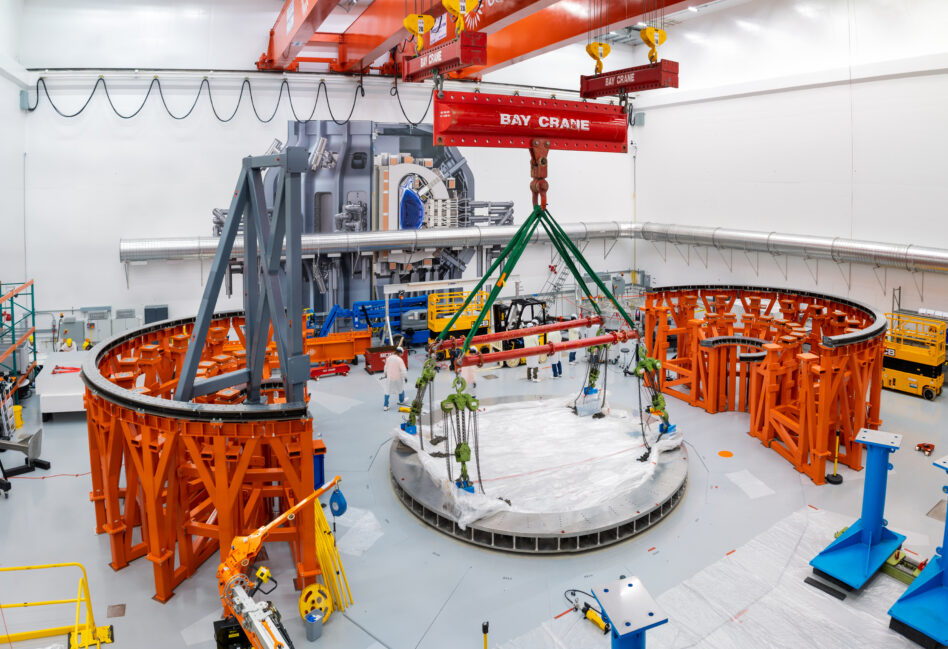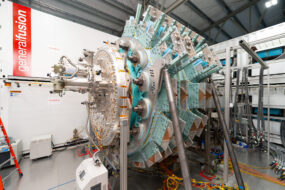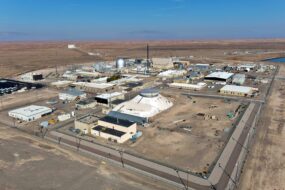The next biggest round in fusion has officially landed. Commonwealth Fusion Systems has raised a Series B extension round of $863M intended to carry the company through completion of the highly anticipated SPARC tokamak.
While the extension falls short of the initial $1.8B Series B from 2021, CFS leadership calls it an up round, raising the company’s valuation by an undisclosed amount.
New investors in the round included NVentures, Nvidia’s venture arm, as well as Morgan Stanley, NEVA SGR, Planet First, Woori Venture Partners, Gigascale Capital, HOF Capital, Galaxy Interactive, and a consortium of Japanese companies led by Mitsubishi and Mitsui.
- A number of existing investors, including Emerson Collective, Breakthrough Energy Ventures, Lowercarbon Capital, Tiger Global, and Google, also participated.
- CFS did not name a lead investor in the round.
- This funding brings CFS’ total capital raised to nearly $3B.
- This is the second-largest funding round for a private fusion company, period—and the top spot is taken by the $1.8B Series B the company raised in 2021.
- CFS says the entirety of the $863M has already been wired into its accounts, with no benchmarks or tranches involved in the disbursements of funds.
The Series B round comes as CFS works toward completion of its SPARC plant, the demo tokamak that the company hopes will achieve the coveted accomplishment of Q>1, or more energy out than in. The round—which the company describes as “oversubscribed,” with an announced target fundraise of $800M—is also intended to kickstart ARC development.
Step forward: CFS is well into construction of its SPARC device. The company is also developing ARC, its first commercial power plant, being built in partnership with the utility Dominion Energy south of Richmond, VA. CFS recently announced that Google has signed on to buy half the output from the first ARC plant to power data centers in the area.
SPARC is being built using private funding—including this round—but according to CFS CEO Bob Mumgaard, the funding structure is still up in the air for ARC.
“We’ve got to figure that out, and we have a couple years to do that,” Mumgaard said on a press call. “You can see in this funding round that there’s names in here, there are people that like to think about new types of financial asset classes. Because when you think about the energy transition, various estimates put it at about a $100T energy transition of infrastructure and technology, and so whoever is financing that is in a pretty good position to understand the best use of capital.”
Lead Reporter of Ignition





